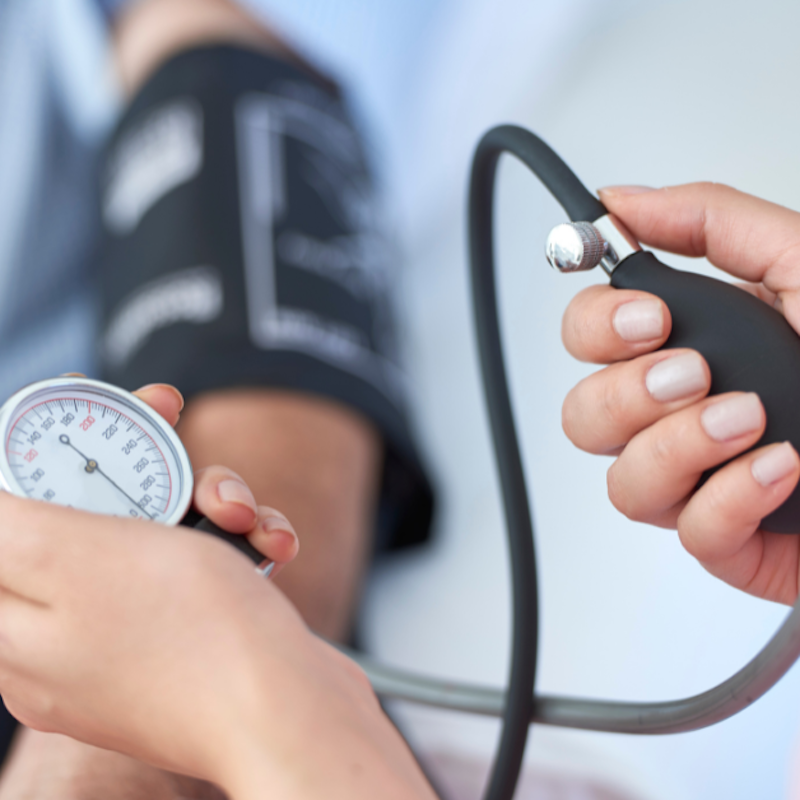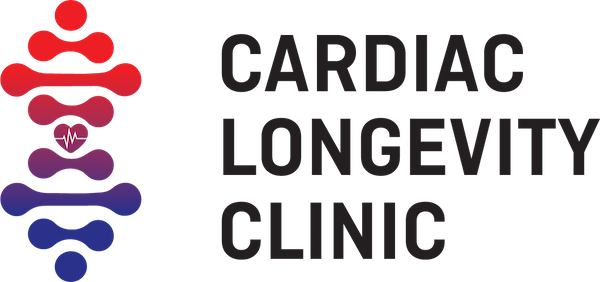Understanding Cardiovascular Health and Disease
The heart is a muscular organ that pumps blood throughout the body. Its primary functions include:
- Pumping oxygenated blood from the lungs to the rest of the body (via the left side of the heart).
- Pumping deoxygenated blood from the body to the lungs for oxygenation (via the right side of the heart).
- Maintaining blood pressure and ensuring continuous circulation.
Blood Vessels
Blood vessels form a network that carries blood throughout the body. Their functions depend on the type:
- Arteries: Carry oxygen-rich blood away from the heart to the tissues.
- Veins: Return oxygen-poor blood from the tissues back to the heart.
- Capillaries: Facilitate the exchange of oxygen, carbon dioxide, nutrients, and waste between blood and tissues.
Blood
Blood is a fluid tissue that performs critical functions, including:
- Transport: Carries oxygen, nutrients, hormones, and waste products.
- Regulation: Helps maintain body temperature, pH balance, and fluid levels.
- Protection: Contains white blood cells and antibodies for immune defense and platelets for clotting.
Together, these components sustain life by delivering essential substances, removing waste, and protecting the body.

Understanding Cardiovascular Disease
Cardiovascular disease (CVD) is a broad term used to describe a range of conditions that affect the heart and blood vessels. It is the leading cause of death globally, but understanding its causes and prevention can significantly lower the risk. Here are some of the most common types of CVD:
Coronary Artery Disease (CAD)
Coronary artery disease occurs when the arteries that supply blood to the heart become narrowed or blocked due to the buildup of plaque, a process called atherosclerosis. This can result in:
- Chest pain (angina): Discomfort caused by reduced blood flow to the heart.
- Heart attack: A complete blockage of blood flow to the heart muscle.
- Heart failure: Long-term damage caused by inadequate blood supply.
For more information, visit the Heart and Stroke Foundation of Canada or the American Heart Association (AHA).
Stroke
A stroke happens when the brain’s blood supply is interrupted, leading to the death of brain cells. It can occur due to:
- Ischemic stroke: Caused by a blood clot or blockage in a blood vessel.
- Hemorrhagic stroke: Caused by the rupture of a blood vessel, leading to bleeding in or around the brain.
Strokes can have devastating effects, including permanent brain damage, disability, or death. Early intervention is critical—learn the signs of stroke with resources from the Canadian Stroke Best Practices or the European Stroke Organisation (ESO).
Heart Failure
Heart failure occurs when the heart cannot pump blood effectively to meet the body’s needs. It is often a result of other forms of heart disease, such as CAD or high blood pressure. Symptoms may include:
- Shortness of breath, even during mild activity.
- Fatigue and weakness.
- Swelling in the legs, ankles, and feet.
For guidance on managing heart failure, visit the Canadian Cardiovascular Society (CCS) or the American College of Cardiology (ACC).
Take Action for Your Heart Health
Understanding these conditions is the first step in prevention and management. Trusted organizations like the World Heart Federation and the British Heart Foundation (BHF) offer valuable resources on how to manage risk factors like high blood pressure, smoking, and obesity. Take proactive steps today to protect your cardiovascular health and improve your quality of life.
Risk Factors for Cardiovascular Disease
Understanding the risk factors for cardiovascular disease (CVD) empowers you to take control of your heart health. While some risk factors, such as age and family history, are beyond your control, many others can be managed through lifestyle changes and medical interventions.
Non-Modifiable vs. Modifiable Risk Factors
- Non-Modifiable Factors: These include age, sex, and genetics. As you age, your risk of cardiovascular disease naturally increases. Additionally, a family history of heart disease can predispose you to similar conditions.
- Modifiable Factors: These include lifestyle choices and health conditions such as high blood pressure, diabetes, high cholesterol, smoking, and inactivity. By addressing these, you can significantly reduce your CVD risk.
For more on non-modifiable and modifiable risk factors, visit the Heart and Stroke Foundation of Canada or the American Heart Association (AHA).

Specific Risk Factors
High Blood Pressure (Hypertension)
Hypertension, or high blood pressure, is one of the most significant risk factors for heart disease and stroke. According to the American Heart Association (AHA), nearly half of American adults have high blood pressure. Left uncontrolled, it can damage arteries, increase the strain on your heart, and lead to serious complications.
- What You Can Do: Regularly monitor your blood pressure, maintain a healthy diet low in sodium, and follow your doctor’s recommendations for lifestyle changes or medications.
Learn more about managing blood pressure from the Centers for Disease Control and Prevention (CDC).
Diabetes
Individuals with diabetes are at a significantly higher risk of developing cardiovascular disease. The American Diabetes Association (ADA) reports that adults with diabetes are 2-4 times more likely to die from heart disease compared to those without diabetes. High blood sugar levels can damage blood vessels and nerves that control the heart.
- What You Can Do: Keep your blood sugar levels within a healthy range through diet, exercise, and prescribed medications. Regular check-ups with your healthcare provider are essential.
For detailed guidance, visit the Canadian Diabetes Association.
High Cholesterol
Elevated levels of low-density lipoprotein (LDL) cholesterol, or “bad” cholesterol, can lead to atherosclerosis—a buildup of plaque in the arteries that restricts blood flow. According to the CDC, adults aged 20 and older should have their cholesterol levels checked every 4-6 years, or more frequently if they have risk factors.
- What You Can Do: Reduce saturated fat intake, maintain a healthy weight, and incorporate regular physical activity into your routine. Your doctor may also prescribe medications like statins if necessary.
For more information, refer to the American College of Cardiology (ACC).
Smoking
Smoking is a leading preventable cause of cardiovascular disease. The chemicals in tobacco smoke damage the lining of blood vessels, increase the risk of blood clots, and reduce the oxygen-carrying capacity of blood. According to the World Health Organization (WHO), smokers are 2-4 times more likely to develop heart disease compared to non-smokers.
- What You Can Do: Quitting smoking is the single most effective way to reduce this risk. Numerous resources, such as the Canadian Lung Association and SmokeFree.gov, can help you take the first steps toward quitting.
Knowledge Is Power
By identifying and addressing your risk factors, you can take proactive steps to protect your heart health. Trusted organizations like the European Society of Cardiology (ESC) and the British Heart Foundation (BHF) provide additional resources for managing these risks and improving your quality of life. Don’t wait—start making heart-healthy choices today!

